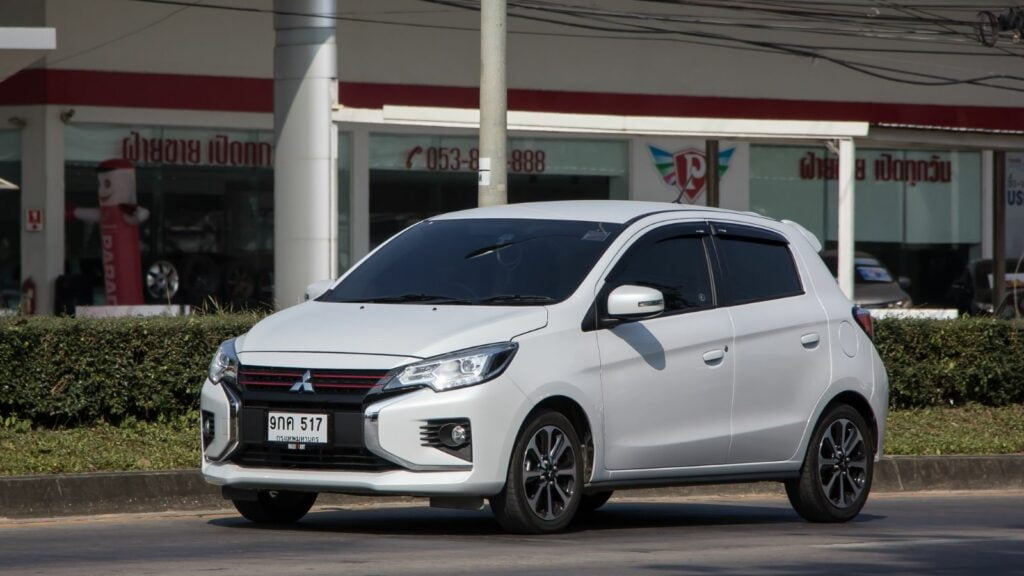Sky-high fuel prices, urban congestion, rising insurance premiums, and a growing disdain for oversized everything (including monthly payments) have turned these pint-sized road warriors into must-have machines. Whether it’s their eco-friendliness, surprising performance, or newfound cult status, these 22 compact cars are emerging from bargain-bin obscurity and into the spotlight.
Honda Civic (10th Gen, 2016–2021)
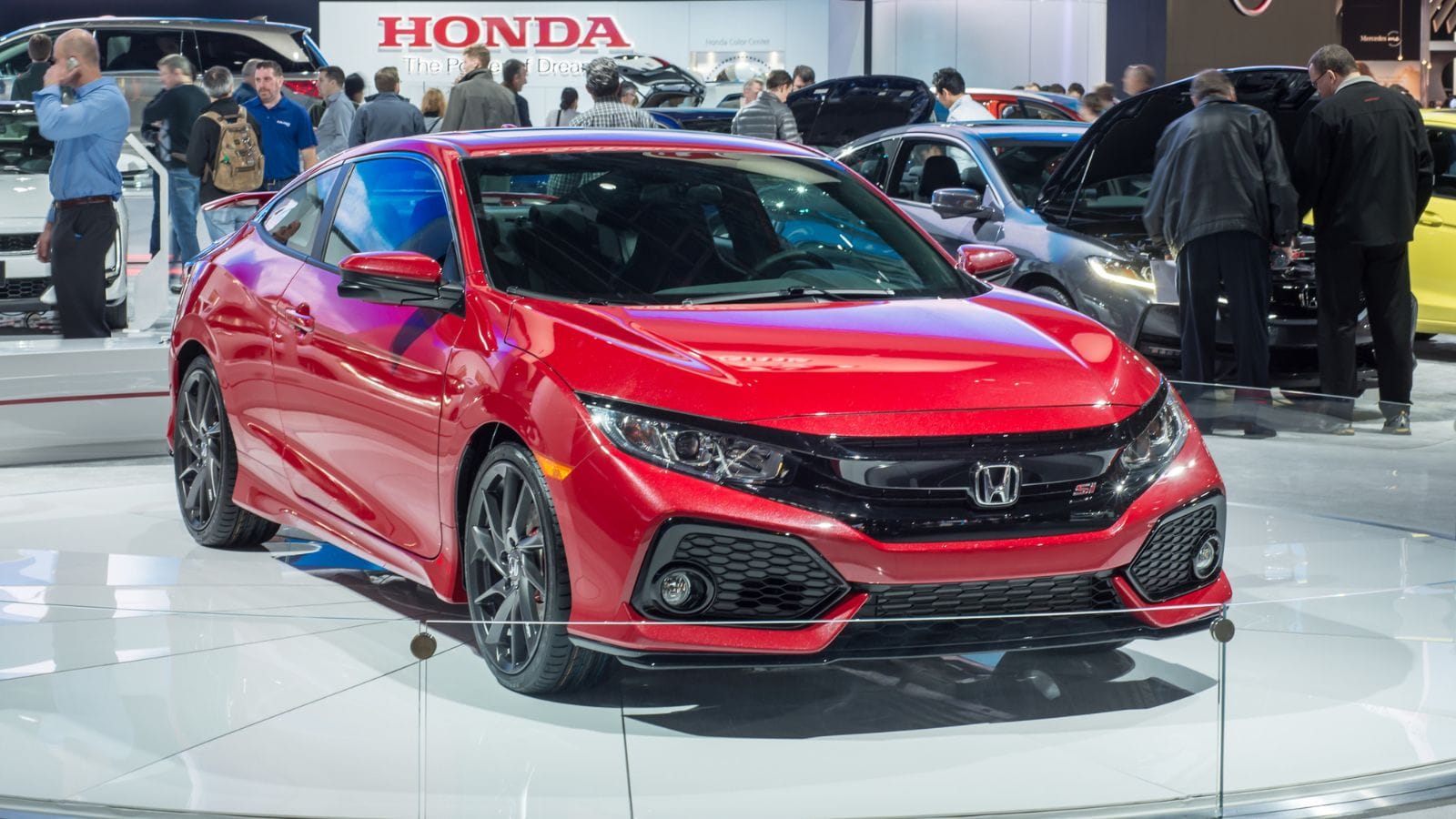
The tenth-generation Honda Civic (2016–2021) has gained significant desirability as a compact car, thanks to its potent blend of practicality, performance, and modern amenities. Offering sedan, coupe, and hatchback variants, it features a turbocharged 1.5L engine (162hp standard, 180–192hp in Si models) that delivers brisk acceleration and impressive fuel economy of around 34mpg combined. Refreshed in 2019 with enhanced infotainment, physical controls, and Honda Sensing suite, it also cemented its reputation for upscale interior quality, agile handling, and ride comfort.
Toyota Corolla Hatchback (2019–present)
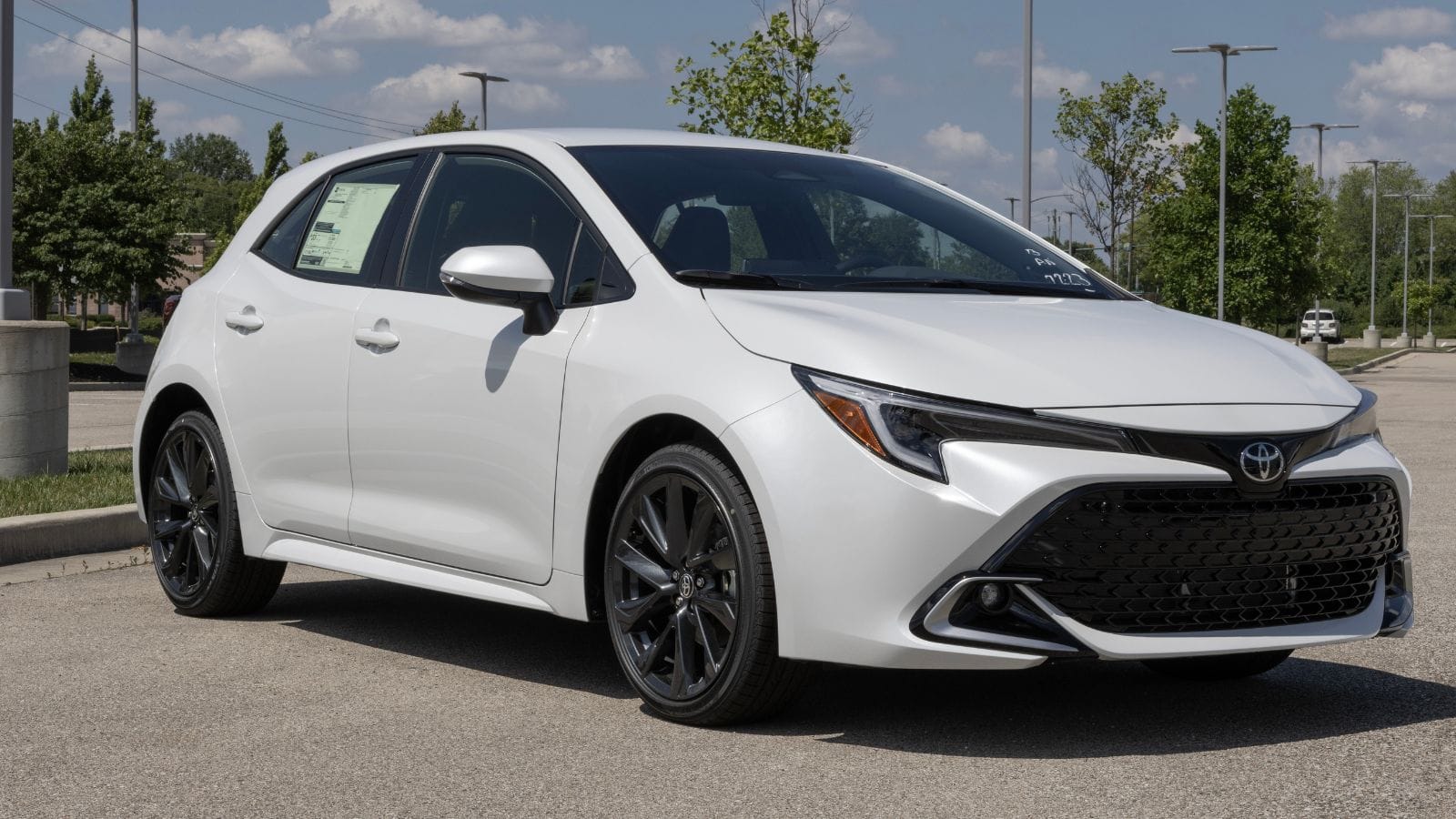
With its sporty looks and standard safety tech, the Corolla Hatchback has moved from “dad’s sensible choice” to a youthful, fun, and surprisingly peppy alternative. Its EPA-estimated fuel efficiency reaches approximately 30 mpg city/38 mpg highway. Inside, the hatch offers a minimalist yet functional cabin, offering about 30” of rear legroom and 17.8 cu ft of cargo space. All models include Toyota Safety Sense, a suite of driver‑assistance tech, as standard. With starting MSRPs around $20,000 and a strong resale/value perception compared to rivals, the Corolla Hatchback has recently gained renewed desirability among compact-car buyers.
Mazda3 (2019–present)
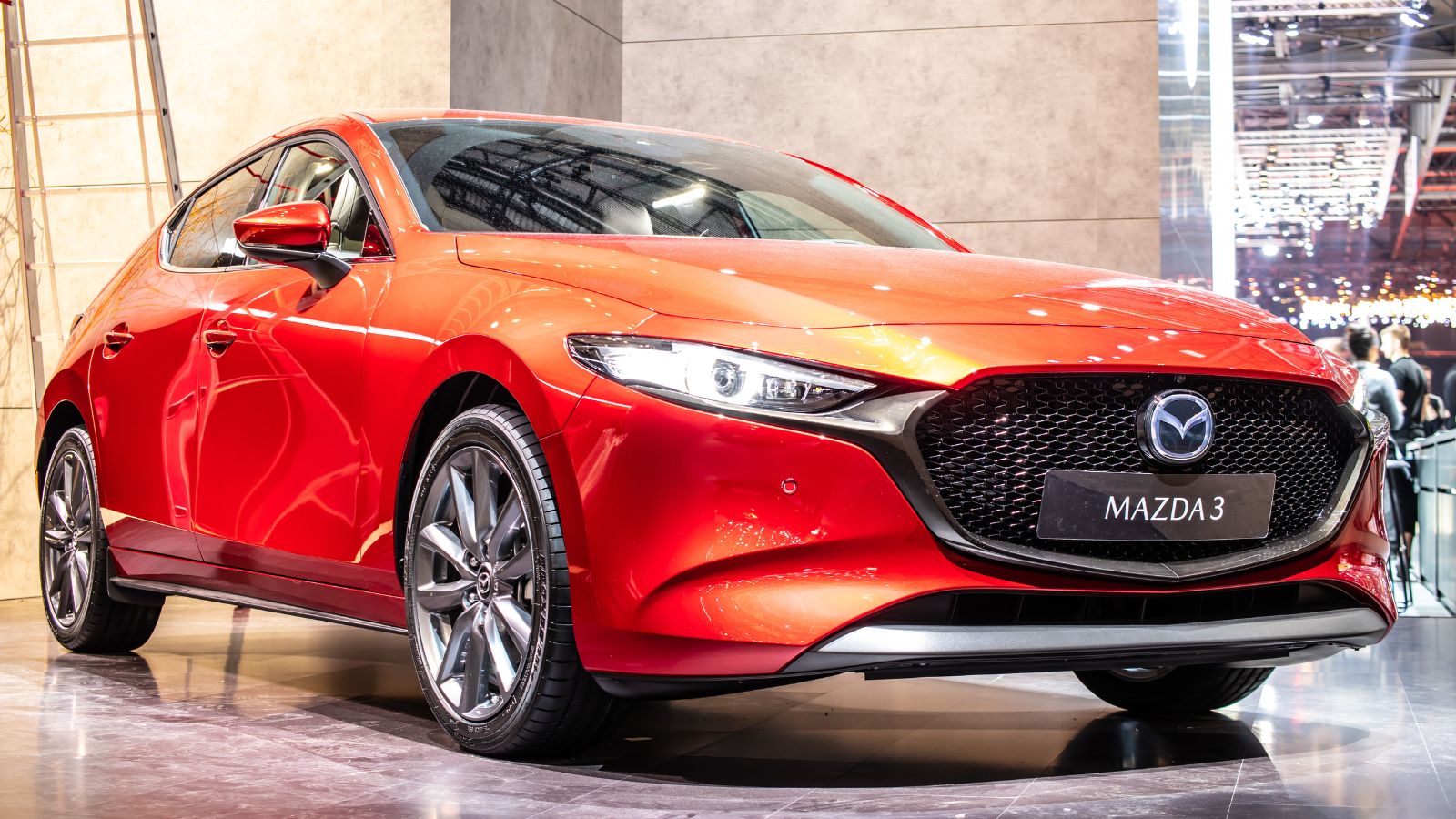
This little Mazda is proof that compact doesn’t have to mean cheap. Performance delivers “zoom‑zoom” thrill via a 2.5‑L naturally aspirated Skyactiv‑G four‑cylinder (186 hp), with available Skyactiv‑X and 2.5-L turbo options up to ~250 hp. Features like cylinder deactivation, 48V mild hybrid technology, an AWD option, and G-Vectoring Control enhance efficiency and handling. Reviewers praise its sharp steering, composed chassis, and premium ambiance, often describing the driving experience as “balanced, ready, and controlled.” It’s the compact car you buy when you want to feel fancy, but still need to parallel park.
Hyundai Elantra N (2022–present)
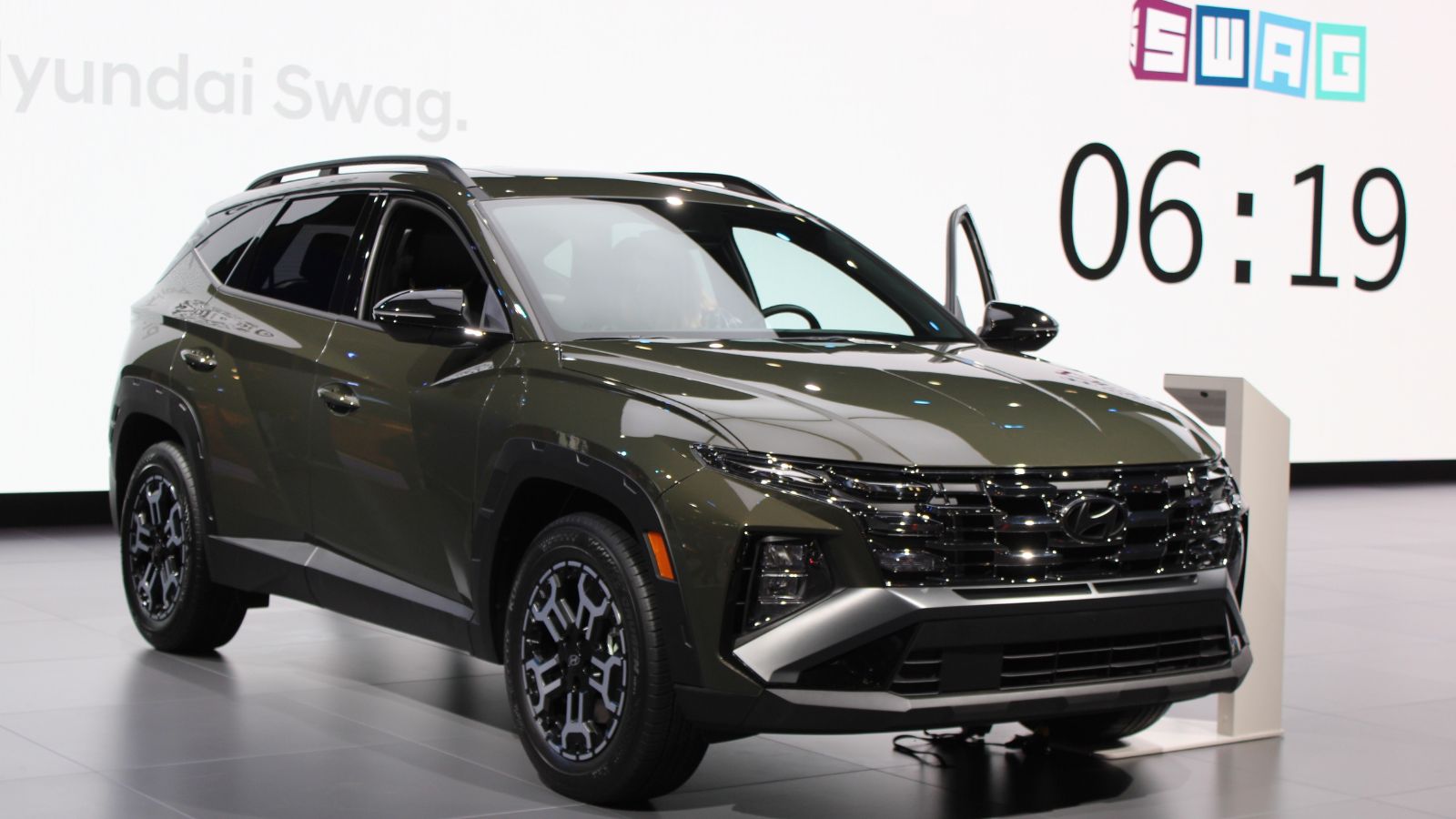
The Hyundai Elantra N (2022–present) is a compact sedan that has redefined driver desirability in its class. Powered by a 2.0 L turbocharged inline‑4 engine, it produces a lively 276 hp and 289 lb.-ft of torque, with the dual‑clutch model offering a 20-second overboost to 286 hp via the “N Grin Shift” button. Performance figures include a brisk 0–60 mph time of roughly 4.8–5.3 seconds. Drivers can choose between a six-speed manual with rev matching or an eight-speed wet DCT. Plus, a torque‑vectoring limited-slip differential, adaptive suspension, and wide Michelin Pilot Sport 4S tires (245/35 R19) yield exceptional cornering grip and handling prowess.
Subaru Impreza (2024)
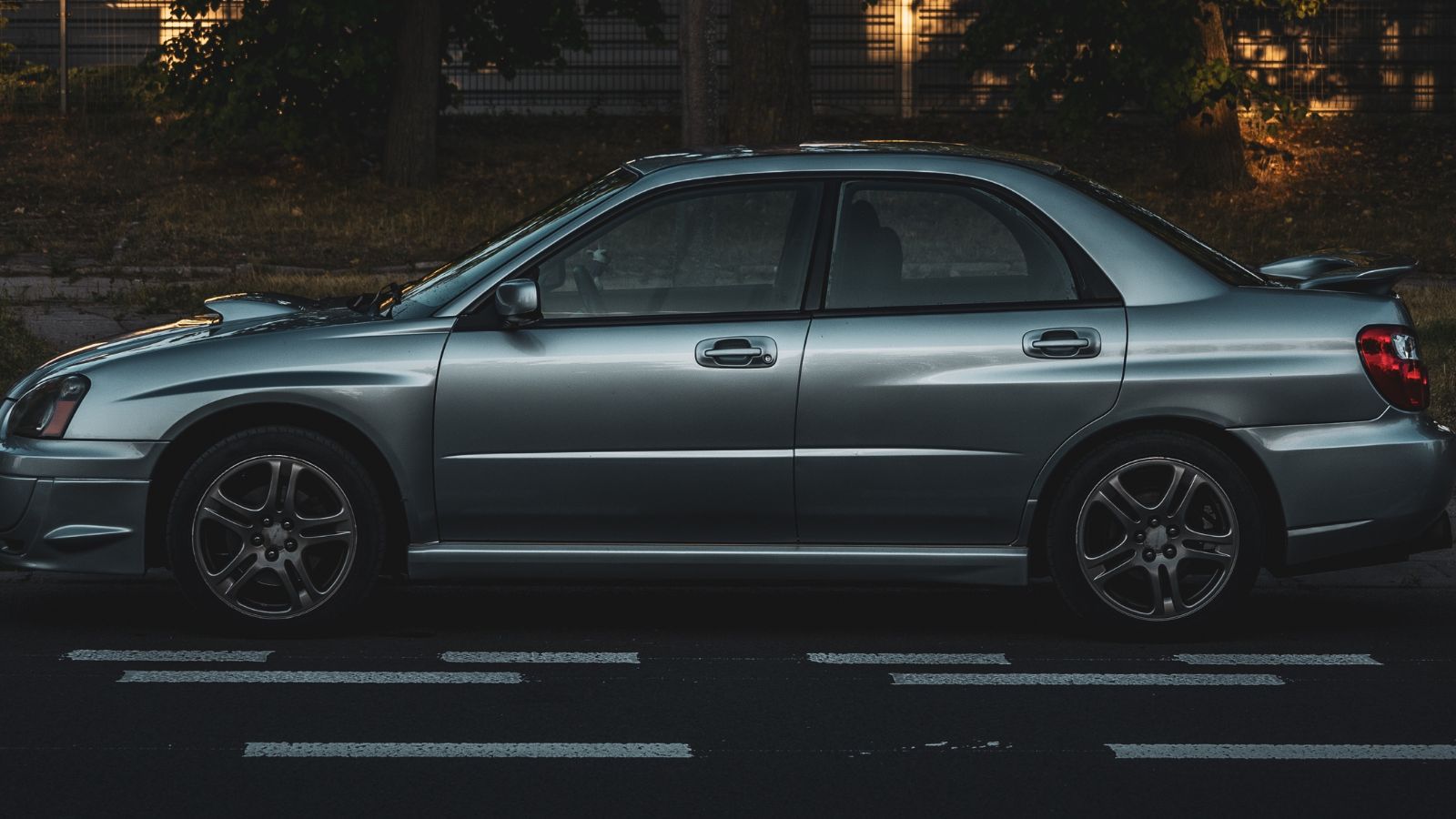
The redesigned 2024 Subaru Impreza compact hatchback has gained significant appeal due to its unique blend of affordability, practicality, and safety. Riding on the modern Subaru Global Platform, it features a 10% stiffer chassis, a smoother ride, and sharper handling. The model also earned both a U.S. NHTSA five-star rating and IIHS Top Safety Pick honors, scoring “Good” in nearly every crash category and offering advanced driver-assist features like Eyesight, lane-departure prevention, blind-spot detection, and pedestrian emergency braking. All in all, it’s perfect for Canadians who want year-round usability and a touch of rally heritage.
Volkswagen Golf GTI (Mk7, 2015–2021)
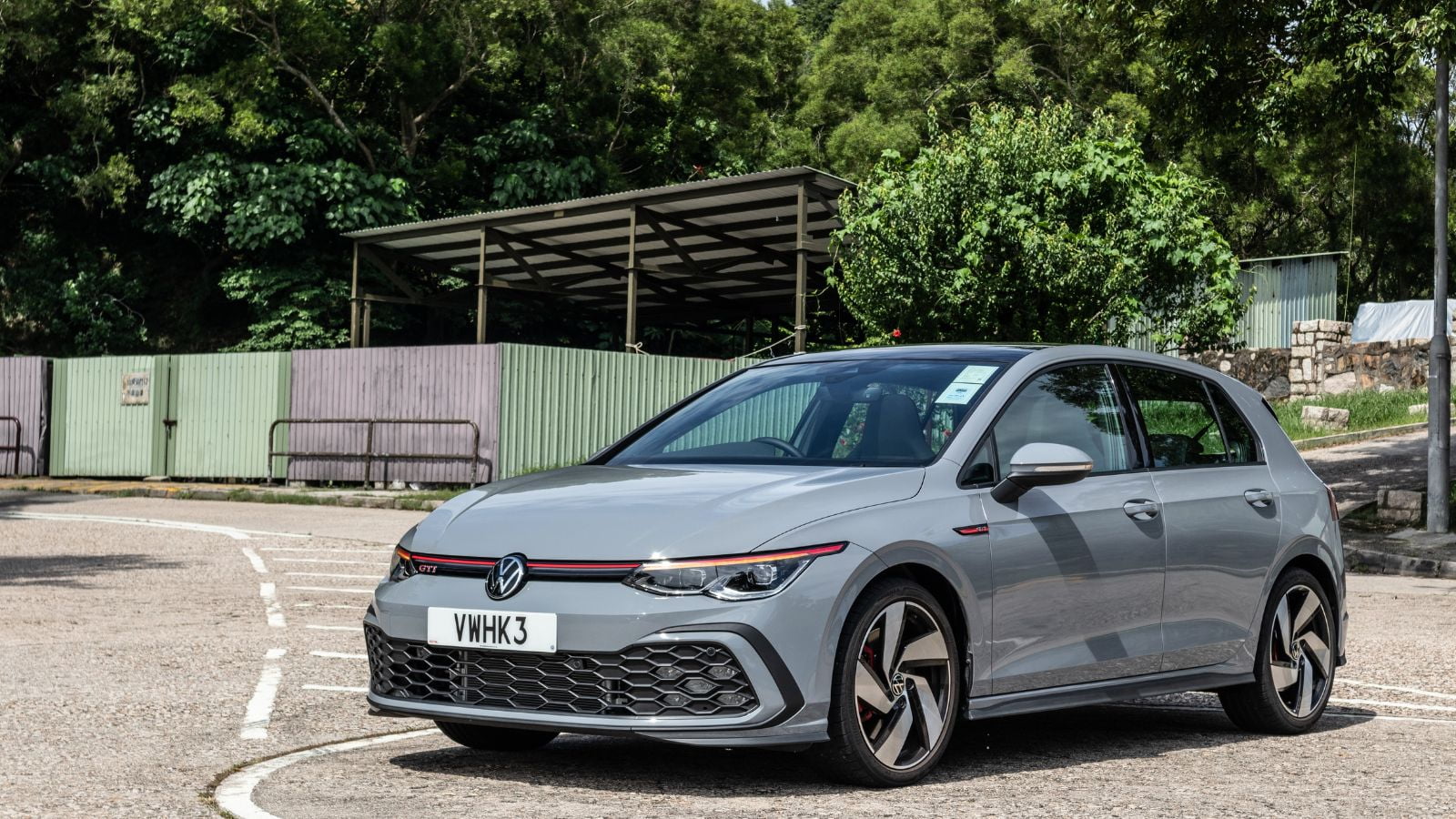
Before the controversial touch controls of the Mk8, the Mk7 GTI was the pinnacle of hot hatches. With its crisp handling praised as “superbly rounded” and “all the hot hatch most could ever need,” it hits the sweet spot between everyday comfort and fun driving. Modern‑collector enthusiasm and dwindling new‑car manual options have boosted used‑market values: average prices hover around US$18–19k, with clean late‑model Autobahn/SE/Performance models reaching US$24–27k, even nearing the cost of a new Mk7.5. Experts now regard the Mk7 GTI as a future modern classic: Accessible, authentic GTI DNA wrapped in a reliable, well-rounded package.
Mini Cooper S (F56, 2014–2023)
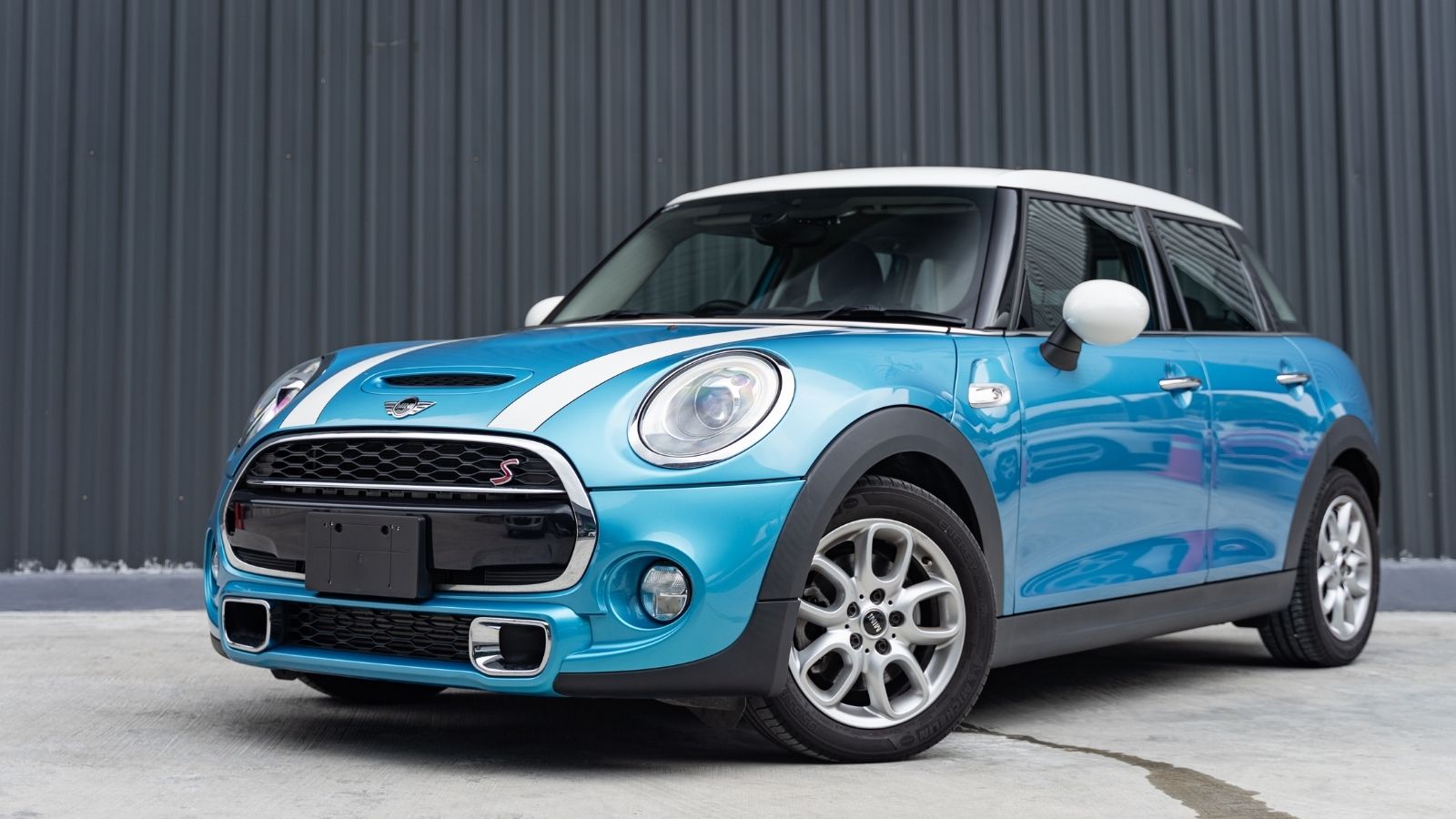
Sure, it’s quirky and not the cheapest to maintain, but the F56 Mini Cooper S is oozing with charm. Introduced in 2014 with a turbocharged 2.0 L BMW B48 inline‑four producing 192 PS and 280 Nm, the car sprinted from 0–100 km/h in about 6.7 s and reached a top speed of about 235 km/h. Chassis upgrades (including a revised rear multi-link suspension, hollow anti-roll bar, and reduced unsprung weight) sharpened handling and gave the F56 a crisp, confidence-inspiring drive. Additionally, the upgraded UKL1-based platform offers more shoulder room, improved rear seat space, and a 211-liter boot, along with high-quality materials and an 8.8-inch central display following the facelift.
Ford Fiesta ST (2014–2019)
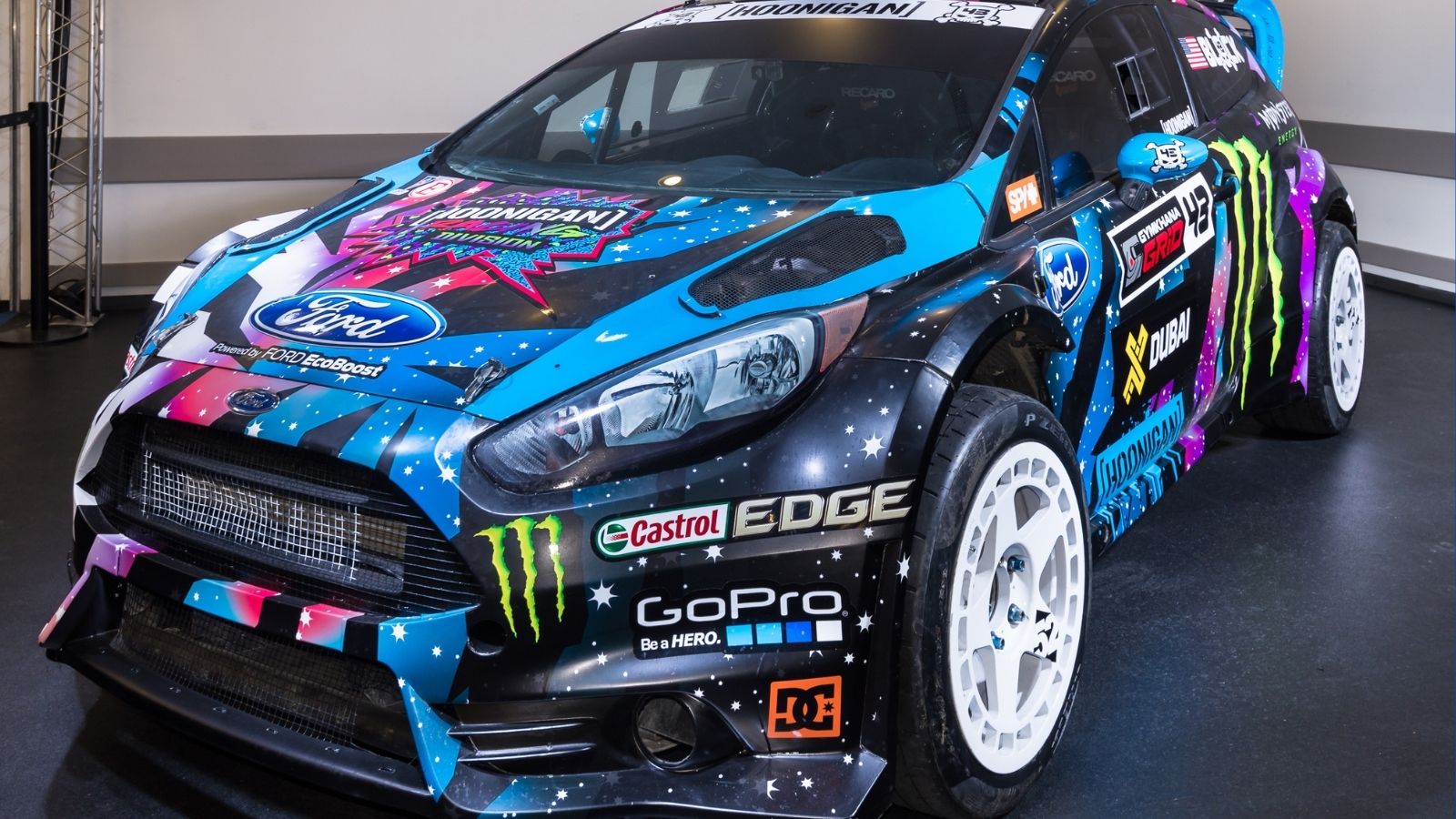
If your idea of fun is wringing out a turbocharged 1.6L engine while cornering like a caffeinated squirrel, the Fiesta ST delivers. Its six-speed manual transmission, quick steering, and torque‑vectoring contribute to sharply responsive handling unmatched in its class. Underpinned by a firm suspension and Recaro‑bolstered seats, reviewers describe it as a go-kart-like driving experience. Ownership forums praise its lively character, interior quality, and weekend prowess, though note its stiff ride on rough roads. Plus, as production ended in 2019 and the Fiesta lineage ceased in 2023, demand has surged.
Kia Forte GT (2019–present)
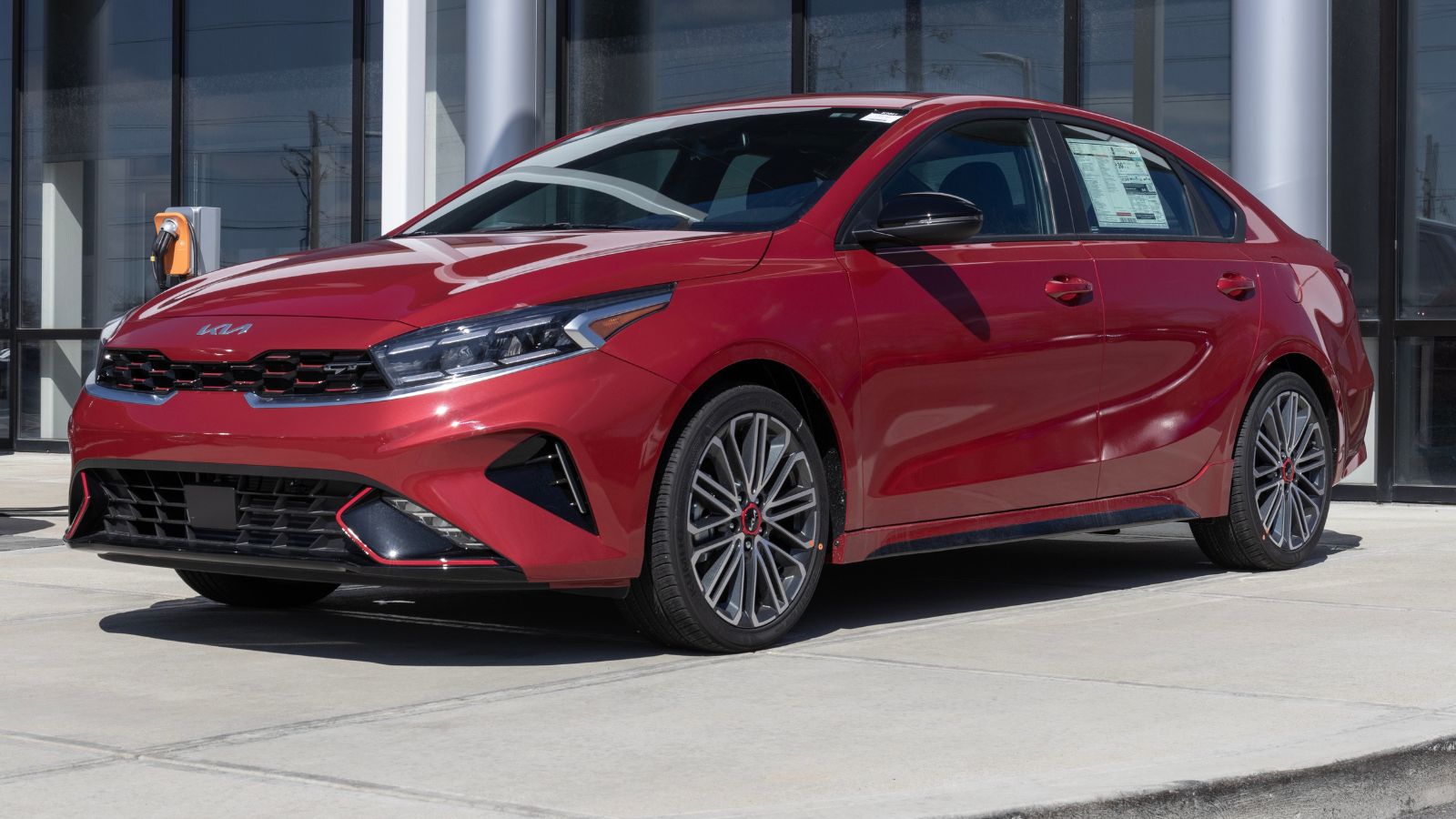
From its 2019 redesign, the Forte gained a sharp, Stinger-inspired exterior, a taut chassis, MacPherson front/torsion‑beam rear suspension, and an efficient 2.0 L engine (147 hp, 132 lb.-ft) paired with an “IVT” (CVT) delivering up to 41 mpg highway. Inside, compact yet well-equipped, it offered an 8-inch touchscreen, Apple CarPlay/Android Auto, dual-zone climate control, advanced safety aids, and Kia’s excellent warranty. It also offers a sporty driving experience at a value price, and its improved interior quality makes it more appealing than ever.
Nissan Sentra (2020–present)
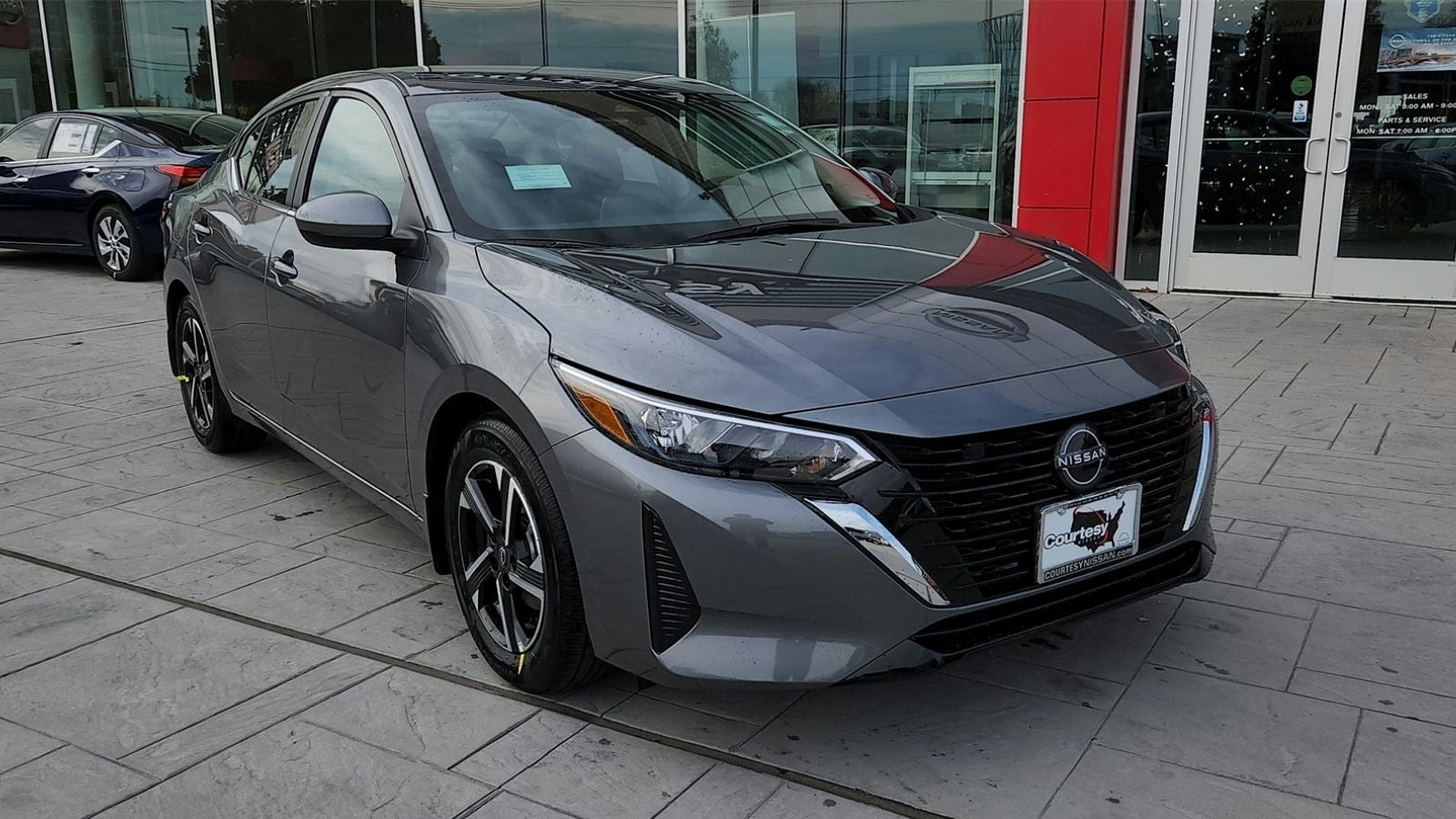
The eighth-generation Nissan Sentra (2020–present) has emerged as one of Canada’s most appealing compact sedans thanks to a blend of style, comfort, safety, and value. Redesigned in 2020 atop a new chassis with independent rear suspension, it features a spirited 2.0 L I‑4 engine producing 149 hp and 146 lb.-ft, paired with a refined CVT, delivering real-world fuel efficiency around 8.0 L/100 km city and 6.0 L/100 km highway. The interior also surpasses its class, featuring soft-touch dash surfaces, leatherette accents, heated front seats, and an 8-inch touchscreen with Apple CarPlay and Android Auto.
Chevrolet Cruze Hatchback (2017–2019)
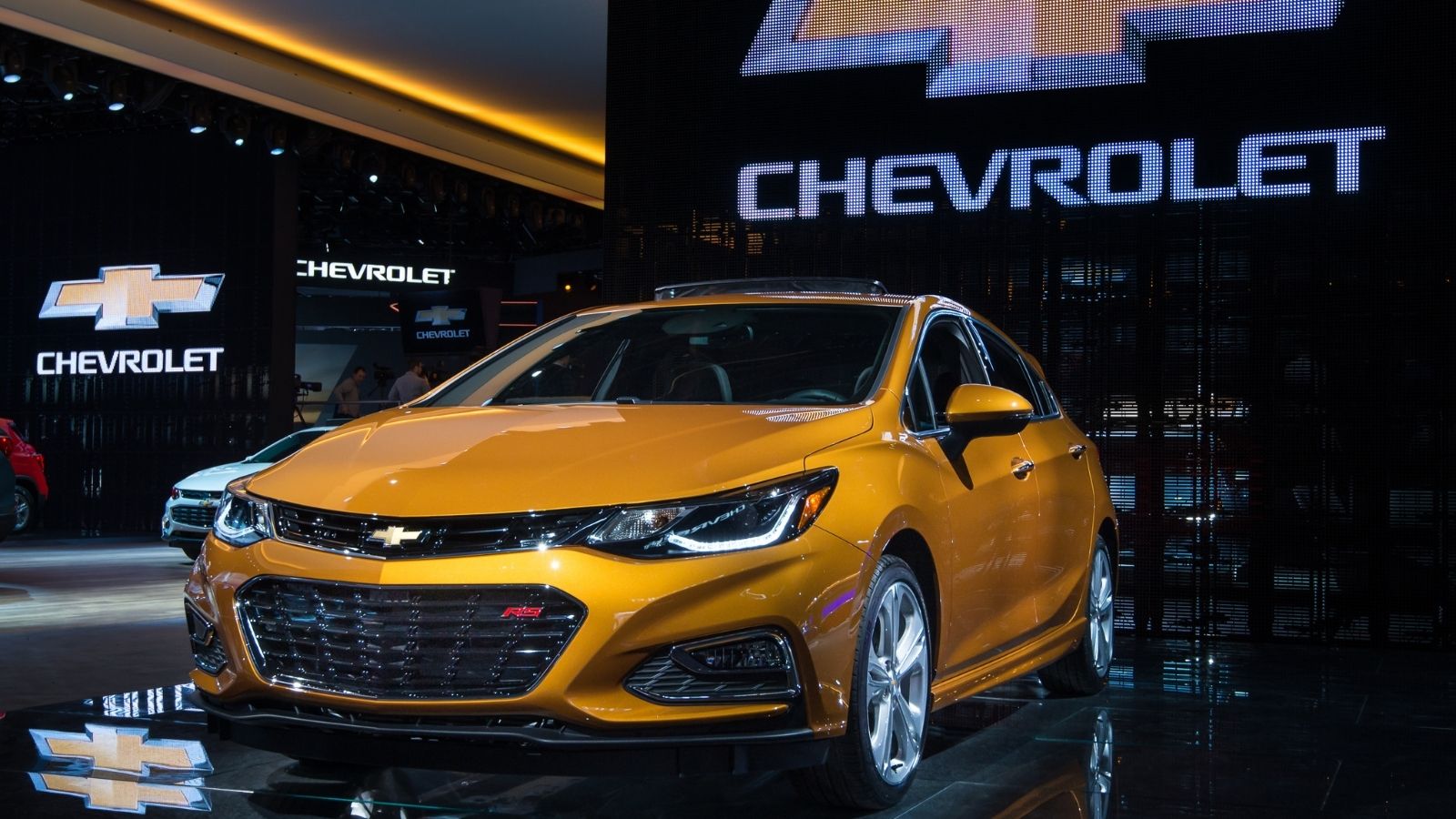
Chevy pulled the plug too soon. The Cruze Hatchback, especially the diesel variant, offers excellent fuel economy and decent tech. Generous cargo—18.5 cu ft behind the rear seats and 47.2 cu ft folded—makes it more versatile than the sedan. Built in Ramos, Mexico, its hatchback form meets Canadian demand for flexible, stylish compacts. It also features modern technology, including a 7-inch MyLink infotainment system with Apple CarPlay/Android Auto, as well as OnStar Wi-Fi. Plus, as gasoline prices rise and practicality becomes a priority, the Cruze Hatchback’s efficiency, features, and hatchback versatility make it increasingly desirable in Canada.
Acura ILX (2013–2022)
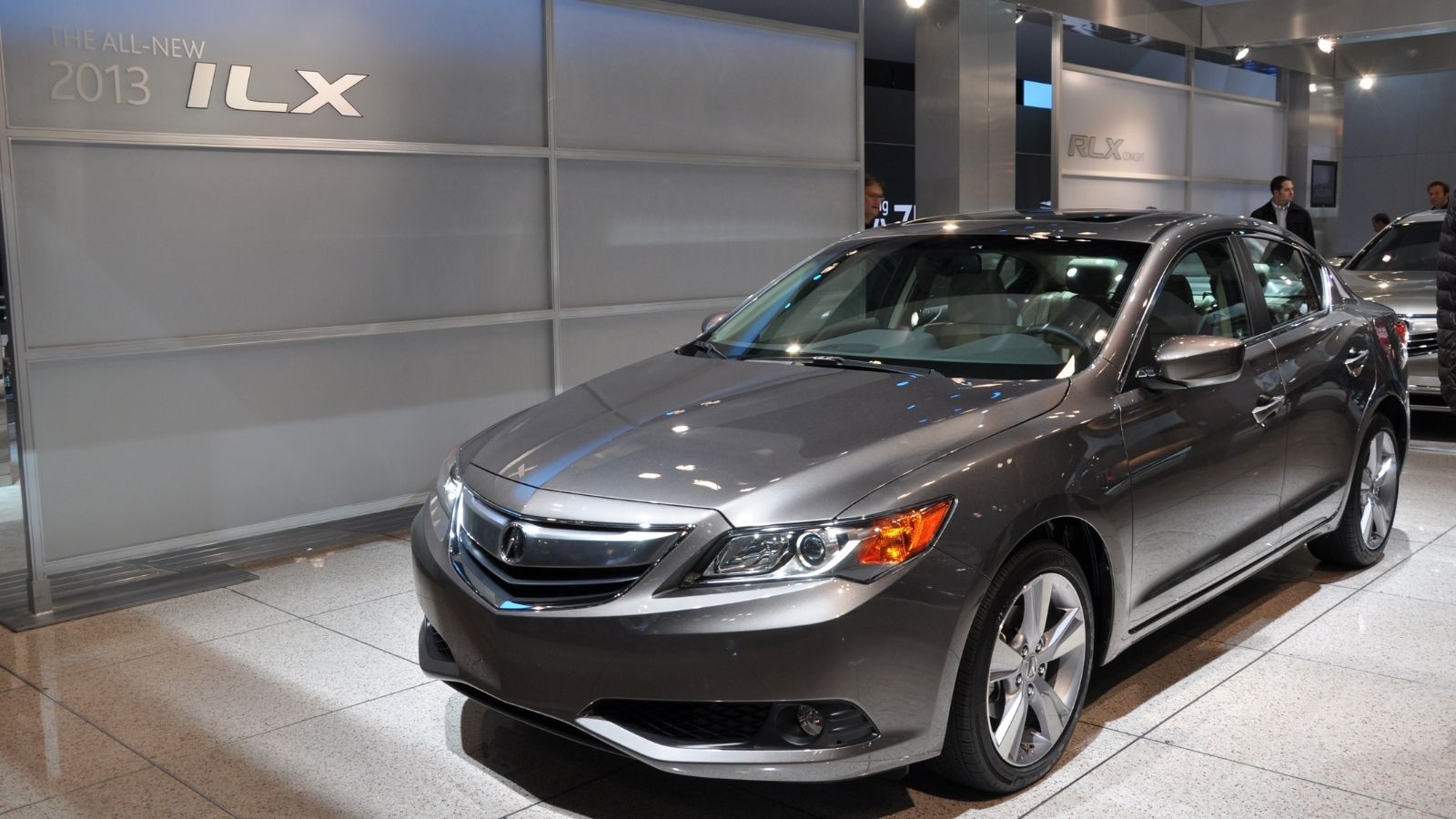
Technically a luxury compact sedan, the ILX shared its DNA with the Civic but added nicer materials, more features, and a more premium vibe. Under the hood, it evolved from a mix of 2.0 L (150 hp), hybrid (111 hp), and 2.4 L (201 hp) engines to a single 2.4 L I-VTEC paired with an efficient 8-speed dual-clutch transmission from 2016 onward. Regional pricing remains compelling: 2022 used models in Canada range from roughly C$22,000 to C$37,000, depending on trim and mileage. Additionally, as new luxury cars become increasingly expensive, the ILX offers a low-key way to drive with an Acura badge without breaking the bank.
Scion iM / Toyota Corolla iM (2016–2018)
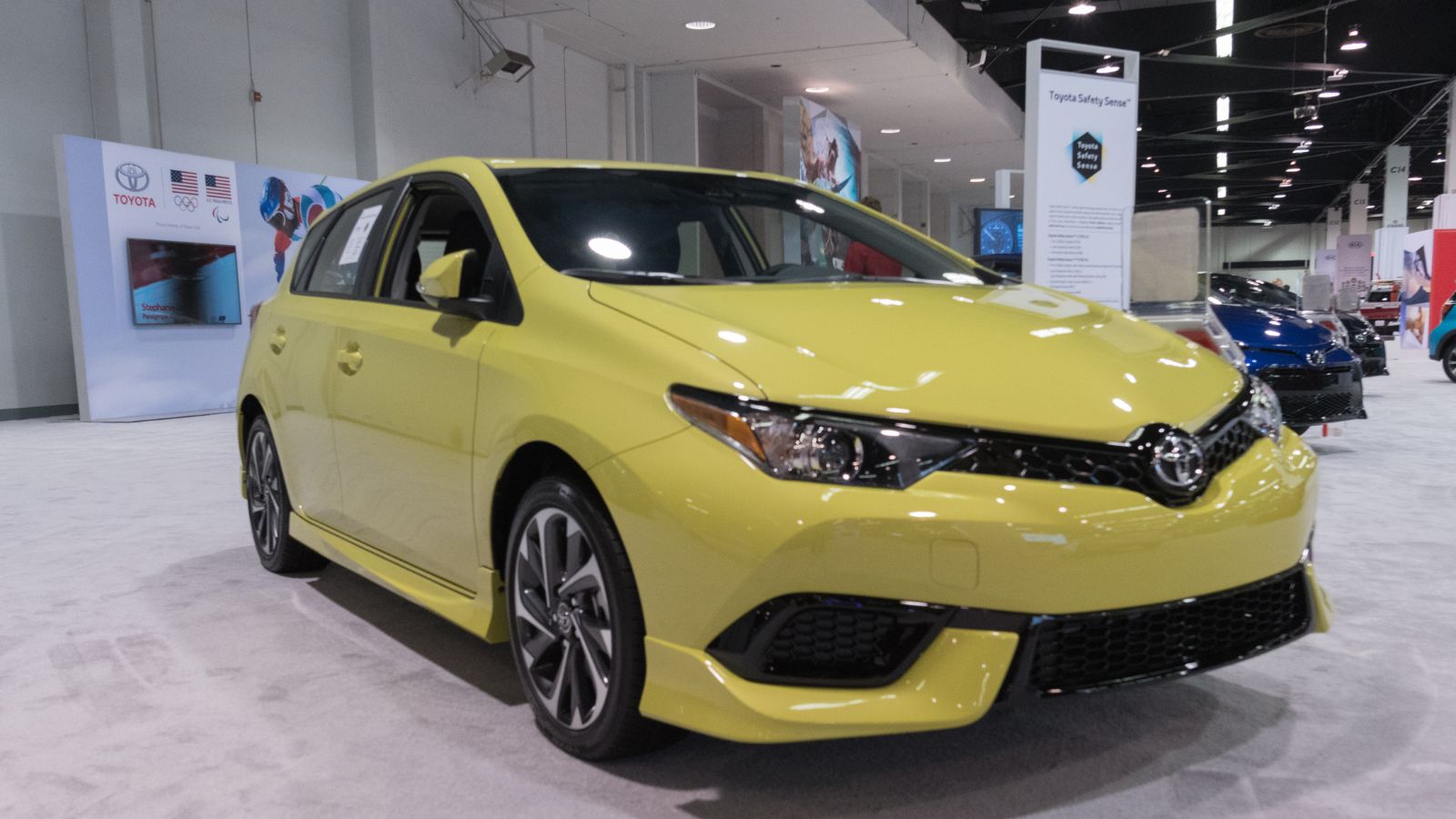
Though it had a short run, the iM, later rebadged as a Corolla, combined Toyota reliability with Euro-flavored hatchback design. Unique among Toyota compacts at the time, the iM featured a double-wishbone rear suspension, offering sharper handling and a firmer ride compared to the Corolla. Canadian-spec models started at around C$21,165–21,990, packaged with dual-zone climate control, Pioneer audio, LED lighting, a backup camera, eight airbags, and hill-start assist. Its hatchback layout and 588 L cargo space delivered practical versatility. Although not a performance leader, its distinct styling, Toyota-strong reliability, and well-rounded equipment have recently boosted demand, especially among buyers seeking a compact with European flair.
Mitsubishi Mirage (2014–present)
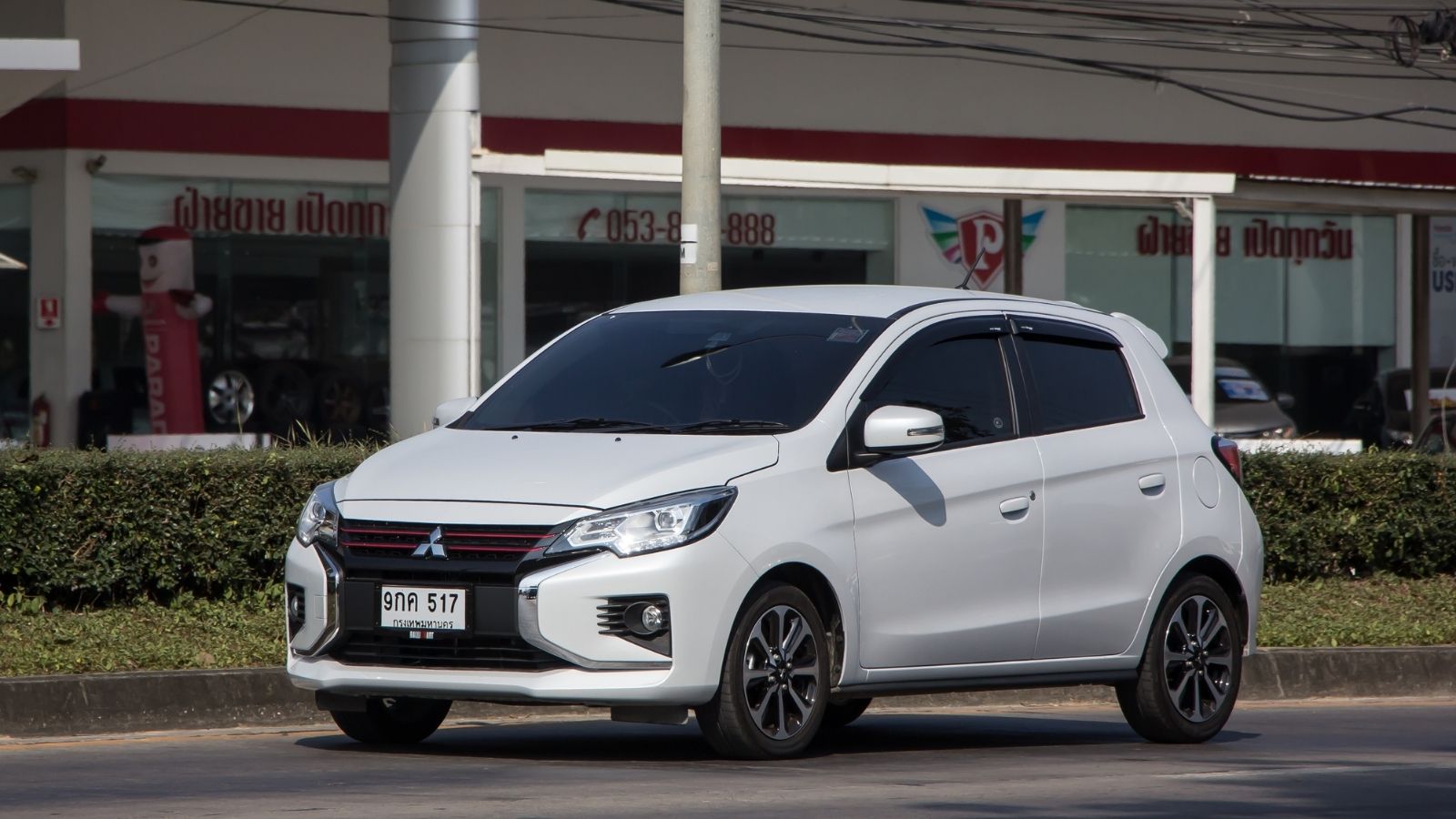
The Mitsubishi Mirage—produced for the Canadian market as a hatchback (Mirage) and sedan (Mirage G4)—has quietly become a surprise favorite among frugal buyers since its redesign in the early 2020s. Launched in Canada at just CA$16,998 for the 2024 model, it remains one of the country’s lowest-priced new vehicles. Also, powered by a modest 1.2-litre 78‑hp three-cylinder engine paired with a CVT, the Mirage delivers class-leading fuel economy (around 40‑43 mpg city and 33‑36 mpg highway) while maintaining impressively low running costs, under CA$460 per year.
Dodge Dart GT (2013–2016)
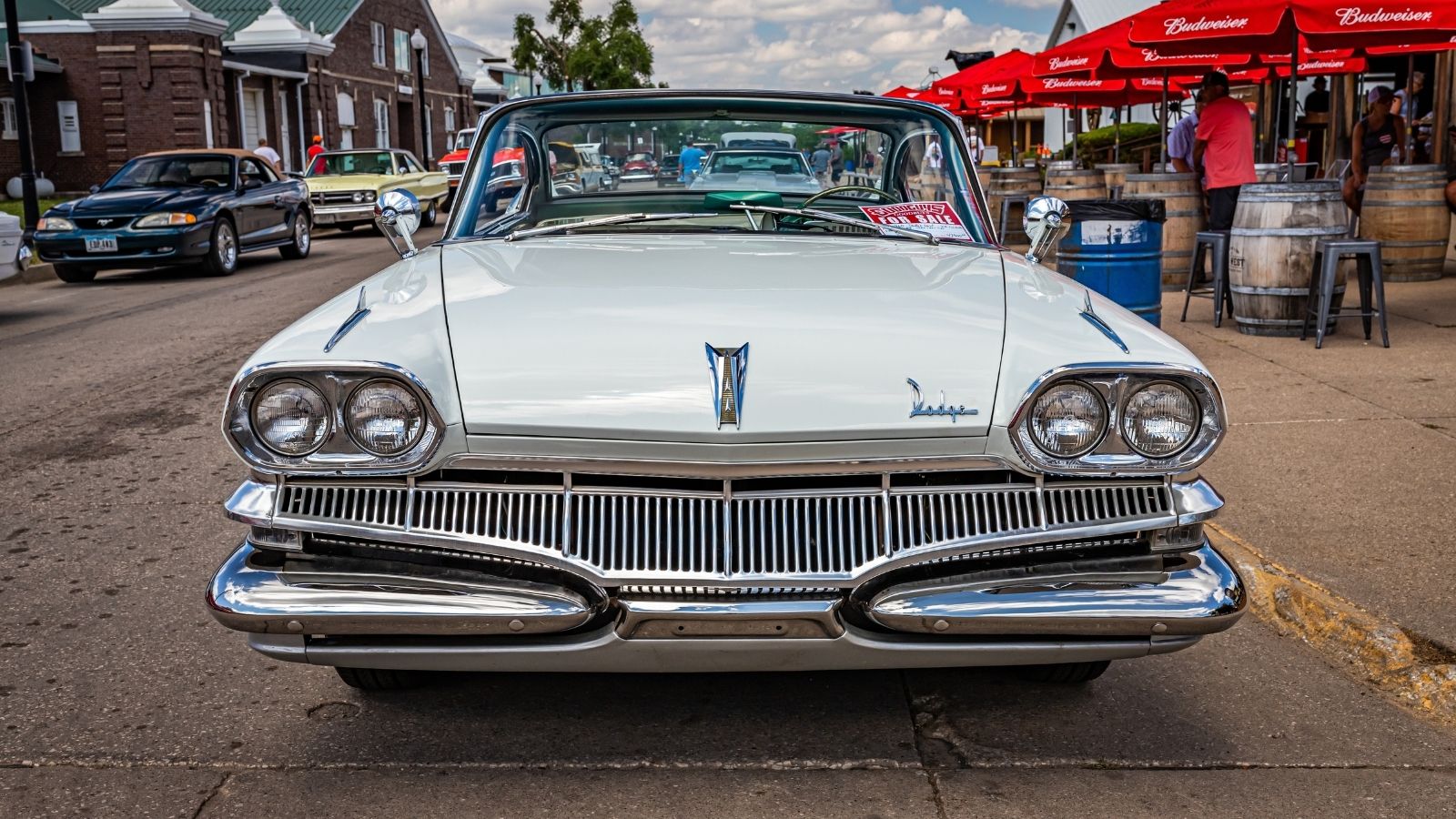
The Dart never caught on in its day, but the GT trim—offering up to 184 hp and an optional six-speed manual—wasn’t half bad. Reliability is above average, as rated by Repair Pal at 4.0/5.0. However, occasional issues include oil consumption and early-model quirks. With well-equipped leather interiors, U‑Connect infotainment, heated seats, and more, the GT stands out in value. Canadian buyers seeking compact performance, safety, and technology at a budget-friendly price are rediscovering the Dart GT as an innovative and stylish alternative. Plus, with its Alfa Romeo underpinnings and a sporty-ish drive, it’s getting a second look by those seeking budget performance.
Fiat 500 Abarth (2012–2019)
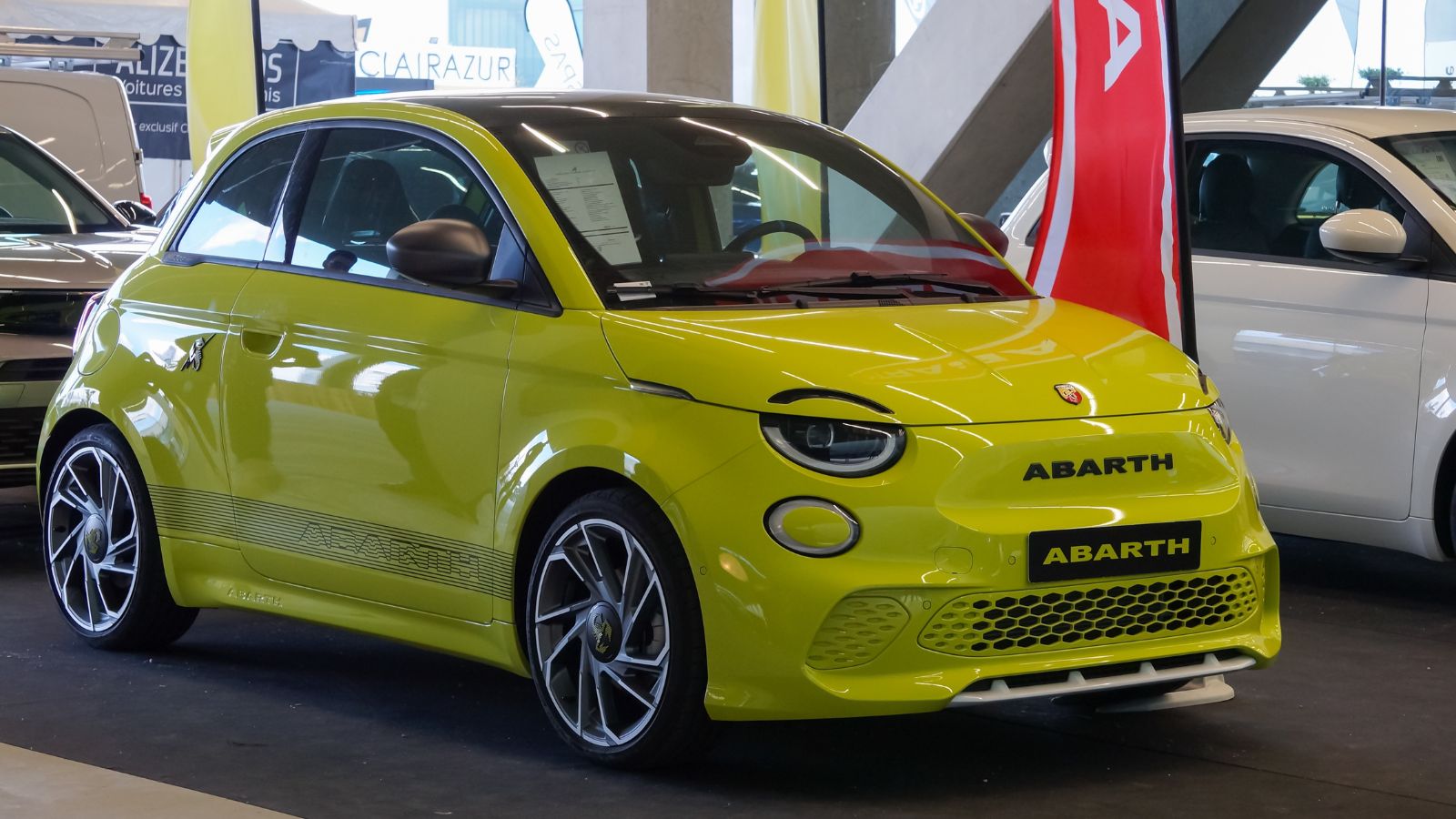
Tiny, loud, and brimming with personality, the 500 Abarth delivers the joy of an Italian hot hatch in a city-friendly package. Its taut suspension, sporty brakes, and peppy steering give an engaging, nimble drive perfect for city streets and spirited weekend routes. And, despite being discontinued, around 30 manual Abarths remain listed across Canada, mainly 2013 models, underscoring rarity and rising desirability. As Fiat bows out of North America, these spicy compacts are gaining cult classic status.
Honda Fit (2007–2020)
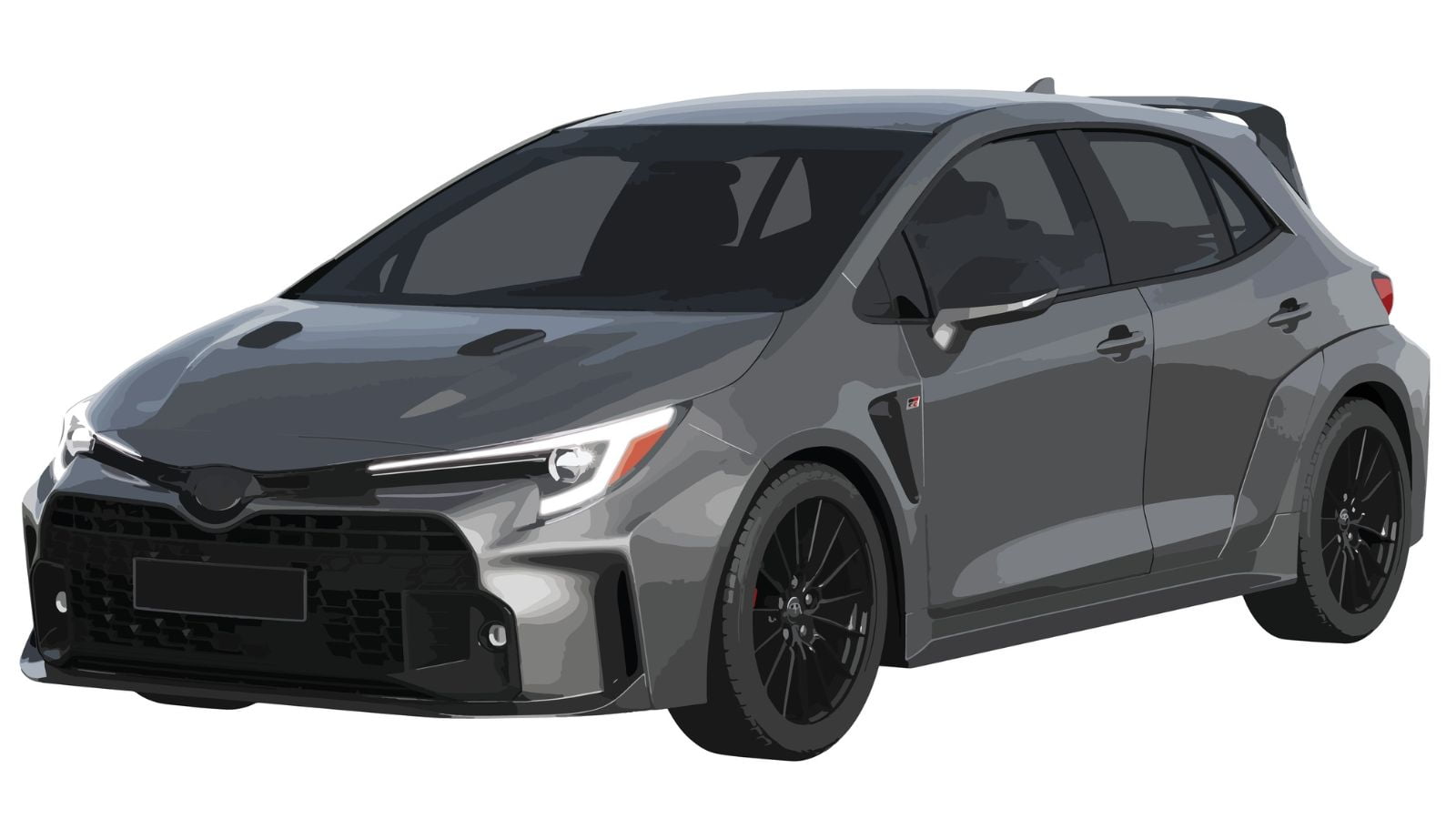
Powered by a reliable 1.5 L I‑VTEC engine (128 hp/113 lb.-ft in 2020) and offering manual or CVT transmissions, the Honda Fit earned praise for its nimble handling and fuel efficiency, roughly 7.0 L/100 km combined for CVT models. Its magical back seat design, excellent fuel economy, and Honda’s hallmark reliability have kept demand strong, even after Honda pulled it from the North American market.
Toyota Matrix XRS (2003–2006)
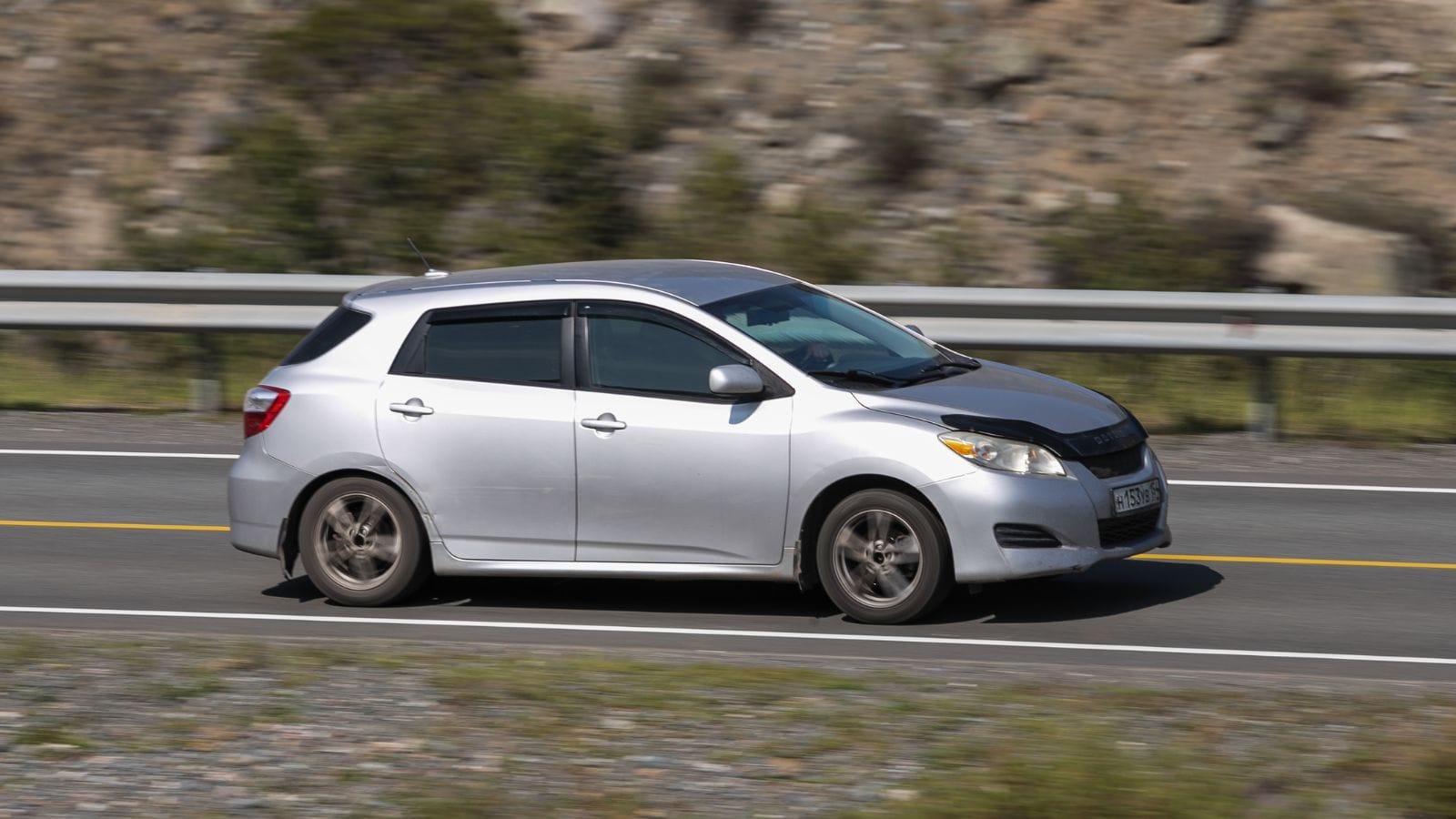
The high-performance version of the Matrix, the XRS, utilized a 180-hp engine from the Celica GT-S and a six-speed manual transmission. Its assembly on Canadian soil bolstered local loyalty: Canadian sales peaked around 24,000 units annually in the mid-2000s, and enthusiasts still remark how they’re “all over the roads in Toronto” and nearly rust-free. Reliability is solid, thanks to a maintenance-free chain and a durable 2ZZ engine. Today, its combination of rarity, vintage Toyota build quality, and fun-to-drive dynamics has made the Matrix XRS a quietly sought-after compact icon in Canada.
Volkswagen Jetta GLI (2019–present)
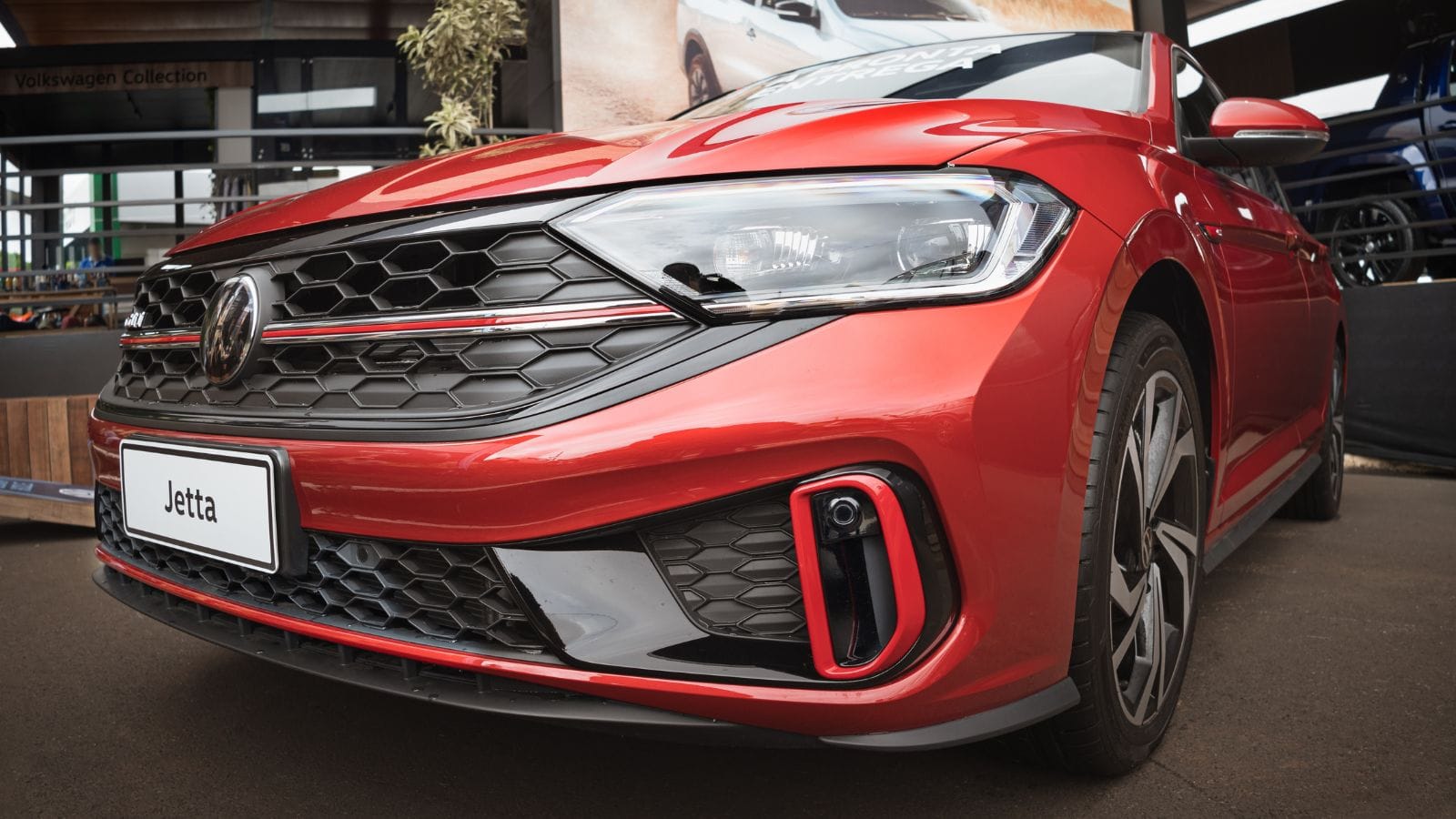
The Volkswagen Jetta GLI (2019–present) redefines the compact car segment in Canada, offering surprising desirability while striking a balance between practicality, performance, and refinement. Under its hood sits the 2.0 L turbocharged EA888 engine (228 hp, 258 lb.-ft) sourced directly from the GTI, optionally paired with a six-speed manual or seven-speed DSG transmission. A multi-link rear suspension and VAQ limited‑slip differential deliver sharp handling, crisp turn-in, and confidence-inspiring cornering, even under spirited driving. And, as sedans become rare, the GLI’s mix of sport and space is winning fans.
Suzuki SX4 (2007–2013)
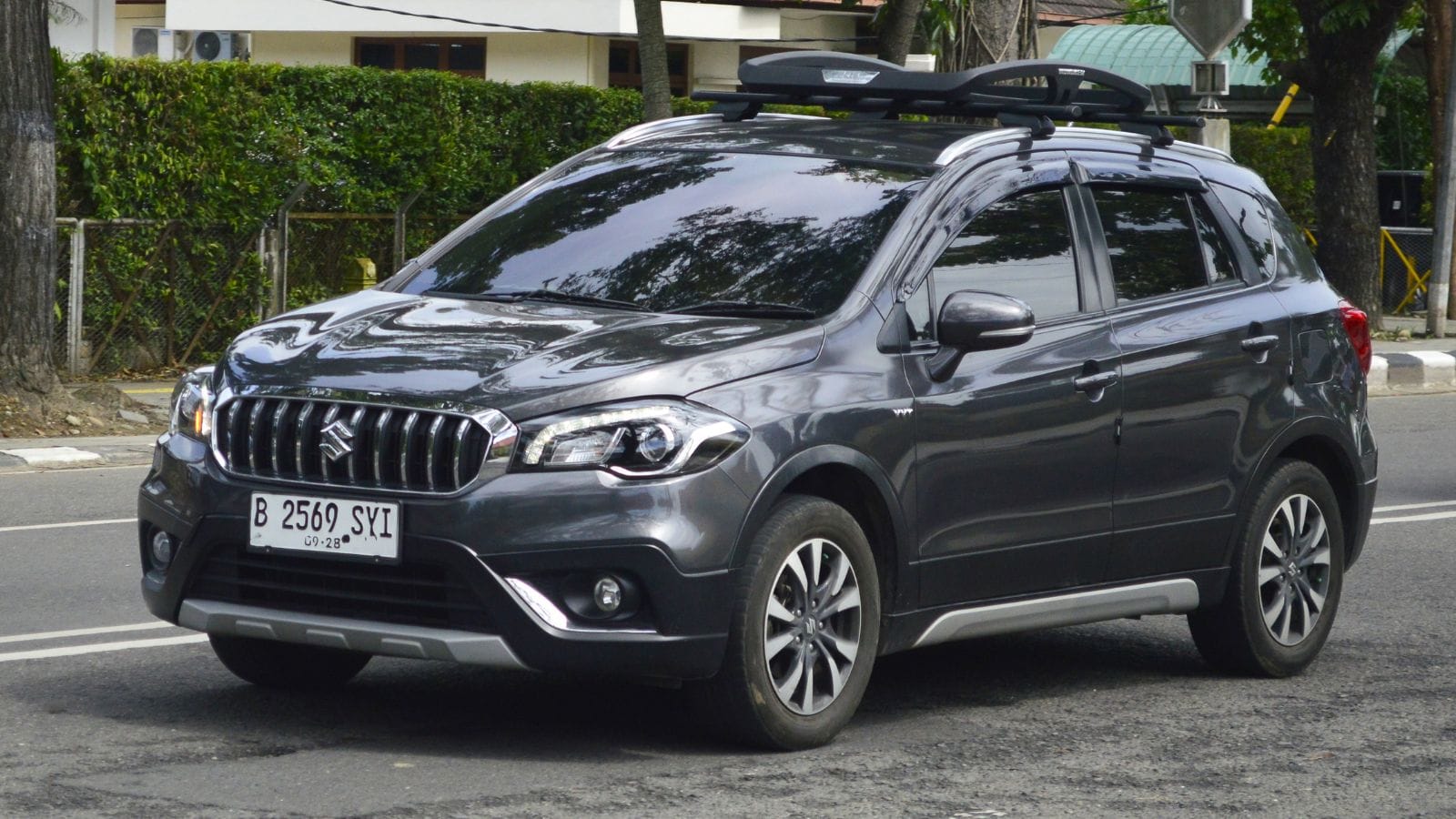
Available with AWD and a manual transmission, the SX4 was ahead of its time in a sea of bland compacts. The SX4 earned praise for its rugged all-wheel-drive capability, compact size, which is suited for urban parking, fold-flat rear seats, and surprisingly generous cargo space of 38–54 cu ft. Contemporary Canadian buyers now value its reliability, especially the 2010 model, which scored 5/5, compared to the 2013 model’s middling 2.5/5, and its adeptness in snow. As Suzuki left the North American market, these oddballs are now low-key desirable.
Hyundai Veloster Turbo (2013–2022)
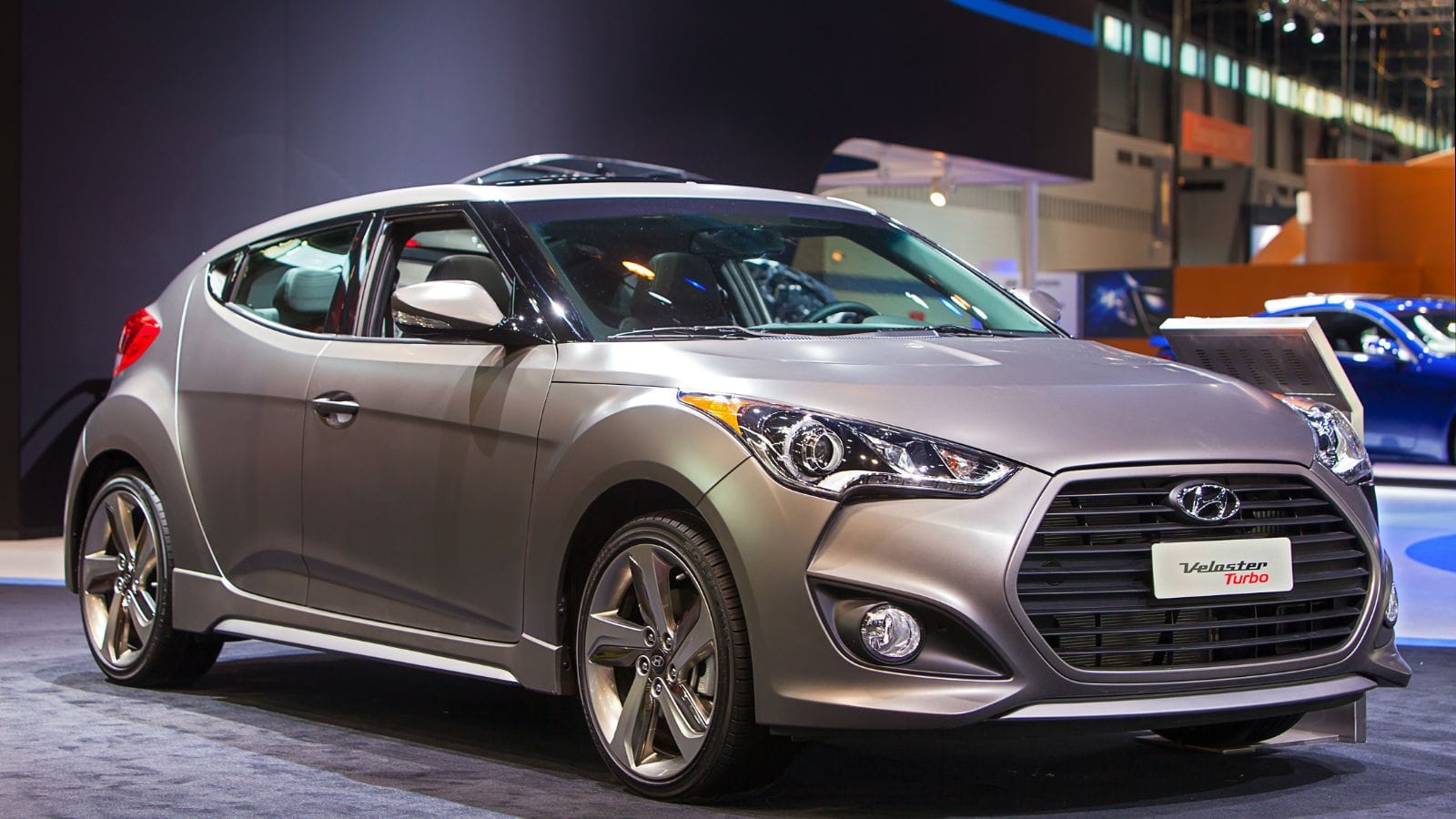
The Hyundai Veloster Turbo (2013–2022) emerged as a standout compact hot hatch in Canada, thanks to its bold three-door design, spirited performance, and strong factory warranty. Launched in 2013 with a twin-scroll 1.6 L GDI turbo producing approximately 201 hp, it achieved an impressive highway fuel economy of up to 35 mpg. It combined aggressive styling—such as dual center exhausts and 18-inch wheels—with sport seats, available with either a six-speed manual or a dual-clutch gearbox. And, with the demise of the quirky coupe-hatch blend, used Turbo models are gaining attention from enthusiasts and collectors alike.
Pontiac Vibe GT (2003–2006)
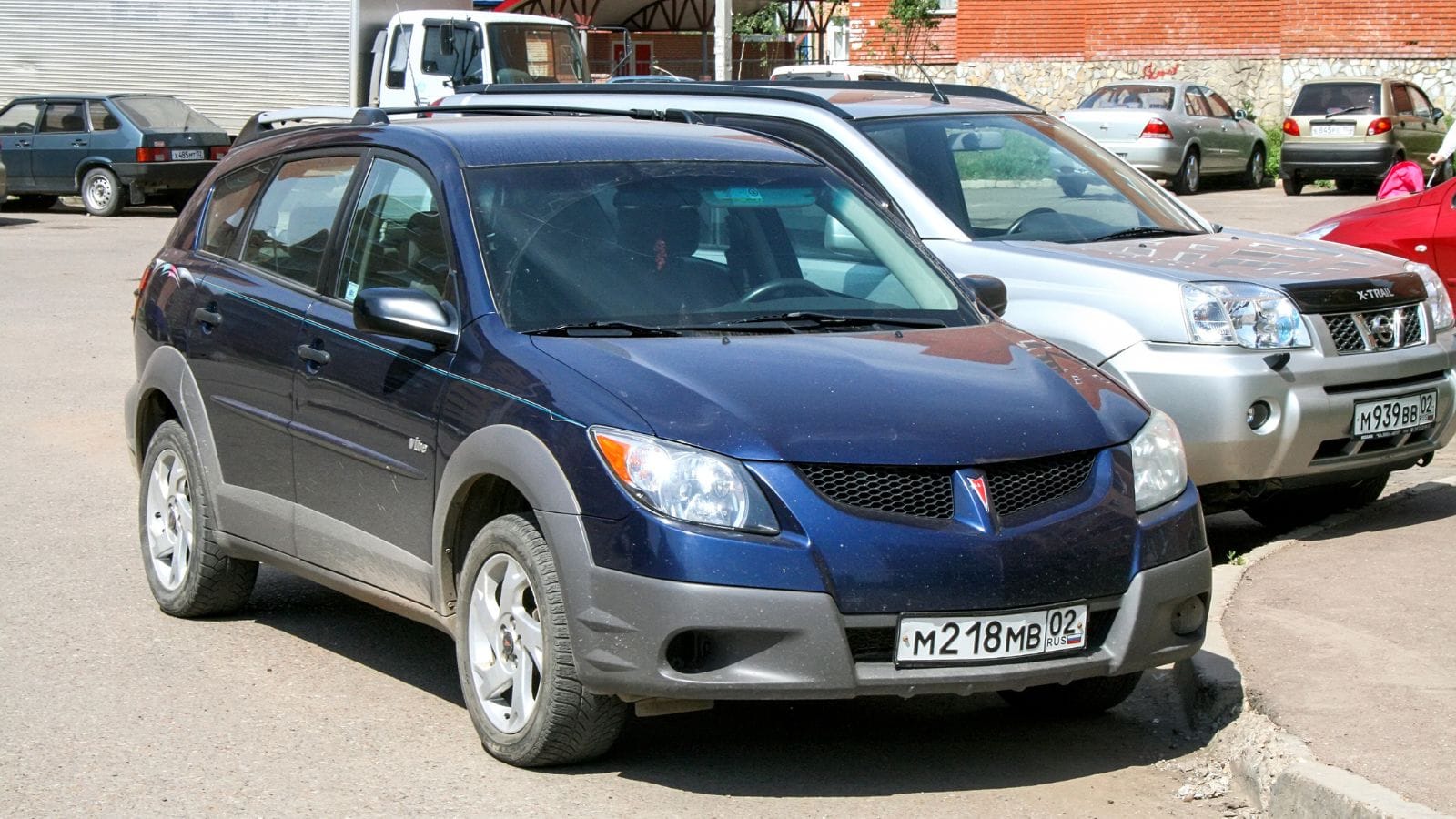
A mechanical twin to the Toyota Matrix XRS, the Vibe GT also featured the high-revving 2ZZ engine and a six-speed manual transmission. Co-developed with Toyota and built on the Corolla-derived MC platform, the GT variant stands out with its high-revving 1.8 L VVTL-i engine, producing 164 hp and paired exclusively with a six-speed manual transmission, offering thrills rare in compact wagons. Enthusiasts laud its engaging performance, with some Redditors calling the 2ZZ‑GE “a gem” delivering “100 hp/liter” and keeping “a smile on my face”. The AWD model is also praised for its confident winter driving, albeit at a slight fuel economy penalty. It’s a durable, practical, and fun-to-drive oddity that’s slowly getting rediscovered by budget modders and JDM fans.
25 Facts About Car Loans That Most Drivers Don’t Realize

Car loans are one of the most common ways people fund car purchases. Like any other kind of loan, car loans can have certain features that can be regarded as an advantage or a disadvantage to the borrower. Understanding all essential facts about car loans and how they work to ensure that you get the best deal for your financial situation is essential. Here are 25 shocking facts about car loans that most drivers don’t realize:
25 Facts About Car Loans That Most Drivers Don’t Realize
